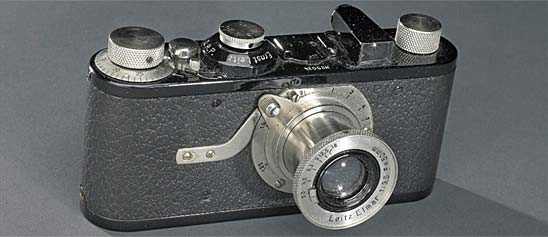Gelatin silver print; Johann Hein stands trial, charged with killing three policemen. Coburg, Germany.The Erich Salomon Collection consists of two groups of gelatin silver prints from 1927-1943, totaling 140 prints. There is a certain amount of duplication between the groups.
- Description (Brief)
-
Gelatin silver print; Johann Hein stands trial, charged with killing three policemen. Coburg, Germany.
- Description
-
The Erich Salomon Collection consists of two groups of gelatin silver prints from 1927-1943, totaling 140 prints. There is a certain amount of duplication between the groups. Accession 2002.0258 was acquired in 1965 from Salomon’s friend, Peter Hunter. These prints were made from Salomon’s original negatives. Accession 2002.0259 was acquired in 1965 from Magnum. Subjects in the collection are mainly photographs of politicians, diplomats, business magnates, royalty; European and American.
-
Dr. Erich Salomon (1886-1944) was born to a prominent Jewish family in Berlin, Germany. He became a lawyer before the outbreak of World War I but was drafted into service. When he returned, his family had lost its fortune and he needed to work. Salomon became interested in photography and soon specialized in taking photographs where cameras were not allowed and without his subject’s knowledge.
-
Salomon became famous in 1928 when his photographs from the Johann Hein murder trial in Coburg, Germany were published in the Berliner Illustrirte newspaper [see images PG*008164.42 and PG*008164.47]. From that point, Salomon became a freelance photographer, gaining admittance to even the most secure meetings and banquets. Salomon was labeled the first “candid cameraman” and called himself a bildjournalist, still the German word for “photojournalist.”
-
Salomon first used the common journalist’s camera – a 13 x 18 cm Contessa Nettel – but it was too cumbersome for his purposes. He soon switched to the Ermanox, a small plate-loaded camera perfect for photographing in low lighting. Salomon mastered the technique and used it until 1932 when he traded it for the Leica.
-
In 1933 Adolf Hitler came to power in Germany. As Jews, Salomon and his family were forced to flee to Holland, his wife’s homeland, for protection. Based in The Hague, he had greater access to the political conferences but he also began taking photographs of cultural events, such as concerts. Salomon traveled to Britain and the United States as well. In 1943, while on the verge of immigrating to America, Salomon, his wife and one son were forced to go into hiding when the Nazis overtook Holland. They were eventually deported and died at the Auschwitz labor camp in July of 1944.
-
Salomon’s images survive to this day because of his foresight. In order to keep the negatives safe he hid them in three separate places in Holland during the war. The first group was placed in the Dutch Parliament library. The second, he buried in the chicken coup at a friend’s home. This group was critically damaged by the dampness, though many of the plates are still printable. The third was in the custody of friend Peter Hunter. In 1952, the collection was consolidated in Amsterdam. Beginning in the 1950s, there were a number of exhibitions of his work, including a 1958 traveling exhibition which was acquired by the Smithsonian.
- date made
-
1928
- maker
-
Salomon, Erich
- ID Number
-
PG.008164.42
- catalog number
-
8164.42
-
2002.0258.42
- accession number
-
2002.0258
